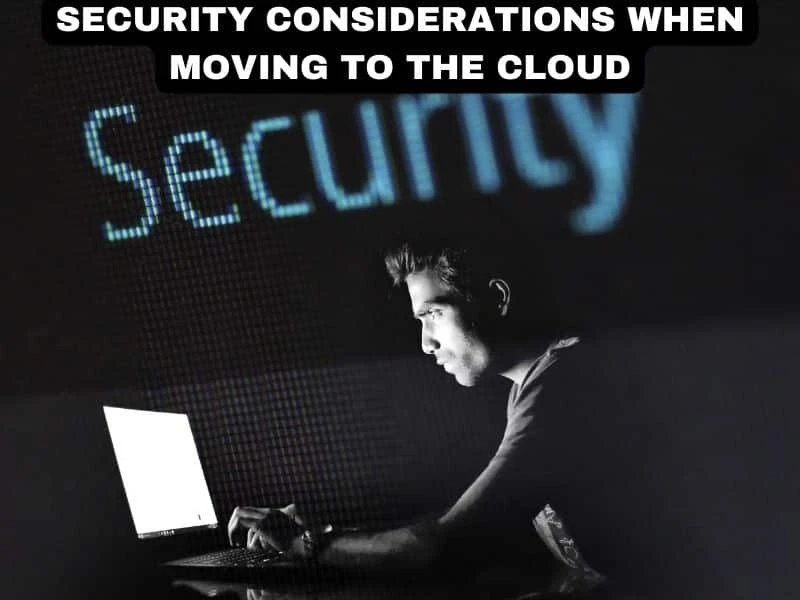Security Considerations When Moving to the Cloud
IntroductionAs companies move more of their business operations to the cloud, Security Considerations must be at the heart of the transition ...


IntroductionAs companies move more of their business operations to the cloud, Security Considerations must be at the heart of the transition ...

